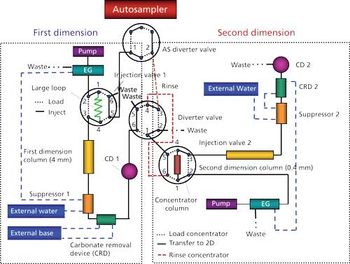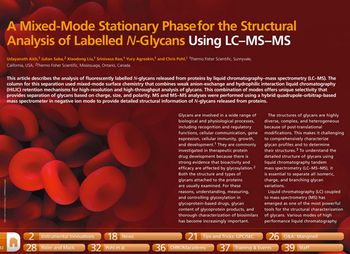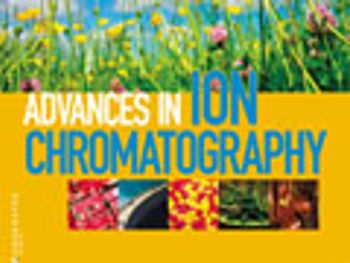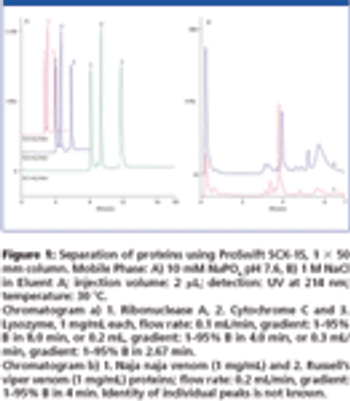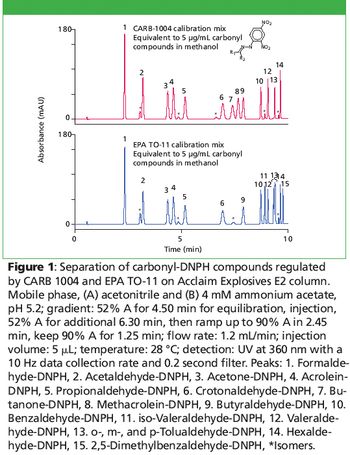Carbonyl compounds, including low molecular weight aldehydes and ketones, have environmental and health concerns; for example, short-term exposure to aldehydes can irritate the eyes, skin, and upper respiratory tract. Motor vehicles emit reactive hydrocarbons that undergo photochemical oxidation in the atmosphere, which generates formaldehyde and other carbonyls. In addition, formaldehyde contributes to the formation of photochemical ozone. California Air Resources Board (CARB) Method 1004 (1) provides an analytical method for the automotive industry to monitor 13 carbonyl compounds in engine exhaust. US EPA Method TO-11A (2) and Method 8315 (3) monitor atmospheric formaldehyde and 14 other carbonyl compounds and are used for a variety of environmental and occupational health purposes. In these methods, carbonyl compounds are trapped as the dinitrophenylhydrazine (DNPH) derivatives before analysis by HPLC.
